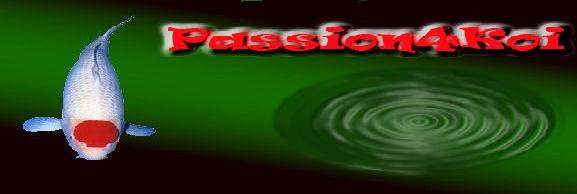Ammonia can have a number of detrimental effects on koi such as disrupting the ability to regulate water and salts, it may also damage delicate gill tissue, causing swelling of the tissue which may hinder the absorption of oxygen from the water.
In the early stages of establishing a filtration system on the pond, it may take several weeks before the ammonia level in the water begins to drop. In an established pond with a functioning filtration system the ammonia is broken down by Nitrosomas species of bacteria to a secondary product, known as nitrite.
Koi produce waste in the form of ammonia, which is released into the water through the gills. Ammonia can also originate from the dead and decaying plant material in the pond or from uneaten food, which is left in the water. If the water becomes polluted with ammonia, regular partial water changes need to be undertaken to reduce the concentration of the pollutant.
In the early stages of establishing a filtration system on the pond, it may take several weeks before the ammonia level in the water begins to drop. In an established pond with a functioning filtration system the ammonia is broken down by Nitrosomas species of bacteria to a secondary product, known as nitrite.
Koi produce waste in the form of ammonia, which is released into the water through the gills. Ammonia can also originate from the dead and decaying plant material in the pond or from uneaten food, which is left in the water. If the water becomes polluted with ammonia, regular partial water changes need to be undertaken to reduce the concentration of the pollutant.


